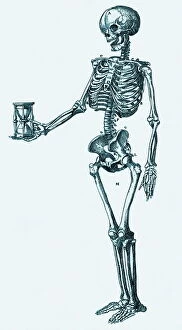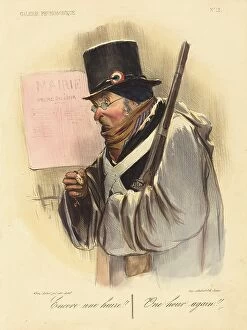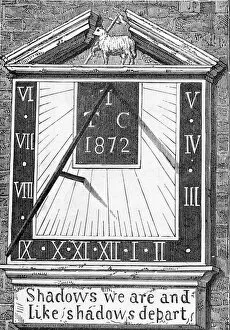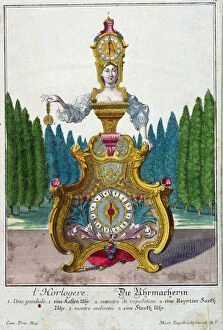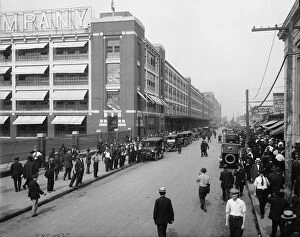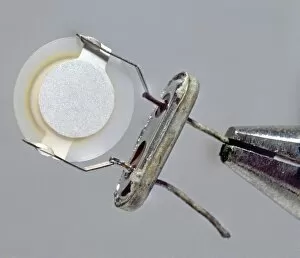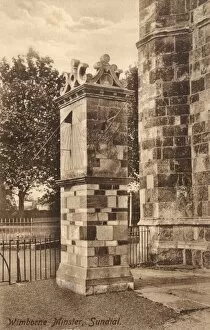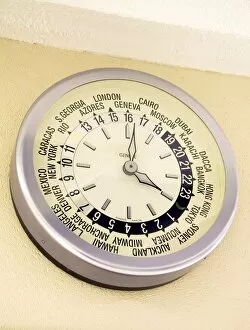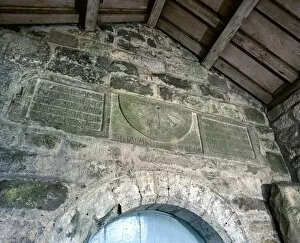Time Keeping Collection
"Time Keeping: From Ancient Sun-dials to Modern Clocks, the Evolution of Time" The human skeleton serves as a reminder that time waits for no one
All Professionally Made to Order for Quick Shipping
"Time Keeping: From Ancient Sun-dials to Modern Clocks, the Evolution of Time" The human skeleton serves as a reminder that time waits for no one, urging us to keep track of every precious moment. An enchanting engraving showcases the intricate design of a sun-dial in Middle Temple, transporting us back to an era where time was measured by the movement of shadows. A captivating engraving from 1750 unveils a stunning design for a longcase clock, revealing how craftsmanship and artistry merged with functionality in keeping time. Delicate pen and ink strokes bring forth a fascinating design for a clocksalt from 1543, reminding us that even everyday objects were once used as tools to measure the passage of time. The pyramidal metronome stands tall as an elegant symbol of rhythm and precision; its painted iron and gilt bronze construction embody both beauty and accuracy in keeping musical time since 1815. Through vivid color engravings, "The Clockmaker" transports us into bustling streets adorned with clocks—a testament to their ubiquity during the early 18th century when society became increasingly aware of punctuality. A black-and-white photograph captures Ford Motor Company workers on their four o'clock shift in Detroit between 1910-1920—an image that reflects not only industrial progress but also our relentless adherence to schedules through punch-in time clocks. A vintage time clock from R. H Boyd Publishing Corporation takes us back to circa 1912 when businesses sought efficient methods for tracking employee hours—highlighting how technology has shaped our relationship with work over centuries. Old Father Time gracefully holds hands with Le Temps Newspaper—an artistic representation showcasing how media intertwines seamlessly with our perception and measurement of passing moments throughout history. Huygens' clock diagram illustrates the inner workings behind pendulum clocks—a visual testament to the scientific advancements that revolutionized timekeeping in the 17th century.

